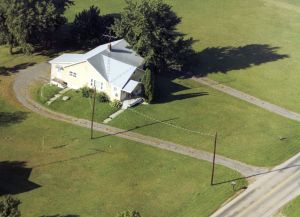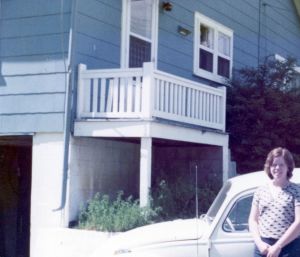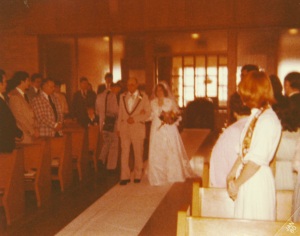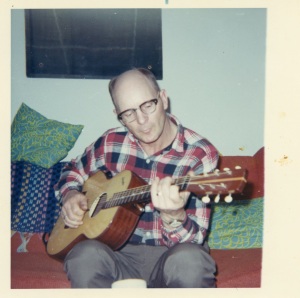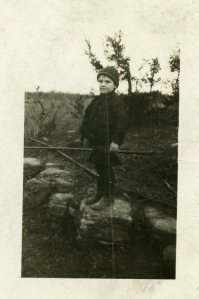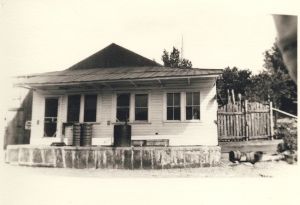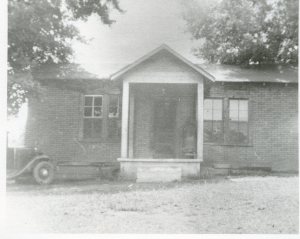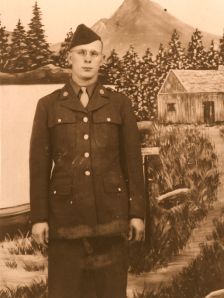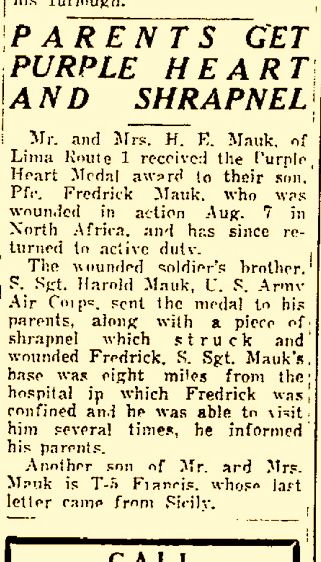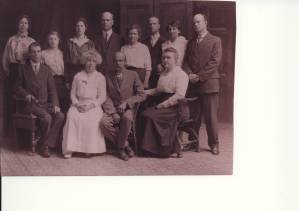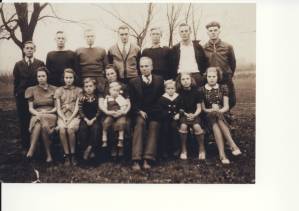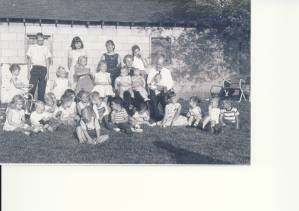Some of my customers don’t know where to start. They open their closet doors and view the disorganization of the photos and videos and then close the door again. It seems overwhelming. But they want to experience again the memories that these photos hold – to see them displayed on their computers during the day, to share with family members, or to archive them for future generations.
Actually organizing and labeling the photos isn’t that difficult. Here is a step-by-step guide to get things in order so that Picture This! can scan in your photos or slides for you. We offer consulting services to help you with this task, but it is one easily done by you if you have the time.
- Get several cardboard file folder boxes, some hanging files and individual file folders. This works well if you have varying sizes of photos, or perhaps some mementos as well. If all of your photos are 4 x 6 inches, then archival photo boxes work well. You will need a permanent marker to write on the file folders or the index cards in the archival boxes. Some small Stickie notes might also come in handy.
- Find a working space that can be used for about 2 -3 weeks in your leisure time. A dining room table or large desk works well. Pull out all of the photos and photo albums. Don’t forget all the treasured photos that are in frames on the walls.
- You have to decide on one of two methods to organize your photos; either by year that the photo was taken, or by person or family that is in the photo itself.
- If most of your photos are in albums, they might be more easily organized by date and event (example: 1964 – Kate & Bill wedding).
- If your photos are loose or in envelopes as they were returned from the photo developer, then sorting them by person might be the easiest.
- Mark each folder or archival box for each person or year. An example list of folders for Kate & Bill Bolten’s family, which includes their 3 children Eddie, James, & Susan might be:
- Young Kate with Temple Family (Kate’s maiden name)
- Kate’s ancestors
- Young Bill with Bolton Family
- Bill’s ancestors
- Kate & Bill together (dating and wedding)
- Eddie’s childhood
- James’s childhood
- Susan’s childhood
- Family group photos of young family
- Holidays
- Eddie & Karen (Eddie when grown and wife Karen with their children)
- James & Jenny (James and wife Jenny)
- James & Linda (James and second wife Linda with children)
- Susan & Larry (Susan and husband Larry)
- Miscellaneous
- Large group family photos of extended families
- Pets
- Family Friends
OR just label each by year that the photo was taken if you have that information.
- Place the files into the file folder box or open the archival boxes. Open the first envelope of photos and pull out the photos. As you take out each photo, place it in the appropriate file or envelope. If you are using archival boxes, then mark the index cards in the boxes with these categories and place the photos behind the appropriate index card separators. Take a few moments to reminisce, but try to be expedient about sorting the photos. After they are scanned, you will have much time to enjoy the images and memories. If there isn’t an existing folder or index card, label a new one and continue.
- If there are loose photos that you don’t want scanned, you can indicate this by keeping them in a separate box or by giving us direction about avoiding bad photos, all photos that don’t have people in them, or duplicate or similar photos.
- If photos are in an album, label each album with the year or event so they can be placed in folders on the DVD after they are scanned. There is no need to remove the photos from these albums – Picture This! can remove them and replace the photos for most photo albums. If there are some photos that you don’t want scanned, place a small Stickie note on these photos so that we know to skip them.
- Mark framed photos with a sticky note so that they can place in the appropriate folder on the DVD.
- Slides are usually in trays or boxes. Leave these slides in the box or tray and label each box or tray if they are not labeled. It is harder to sort out slides that you don’t want unless you have a slide viewer. Most of our customers give us direction about scanning in slides (see note 6 above).
Picture This! will return your photos to you in the boxes or folders as you sorted them. The color optimized scanned images are given to you on a DVD by folder of person or year for you to place on your computer, share with family, and archive for safe-keeping.
Picture This! will help you create the gift of a lifetime. Call us to scan your heirloom photos or to preserve your videos. 512-263-0546
* VHS or reels to DVD
* Scan your photos or slides
* Preserve your Memories.
Copyright 2010. All rights reserved.

